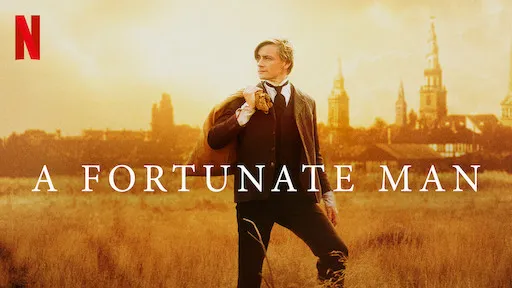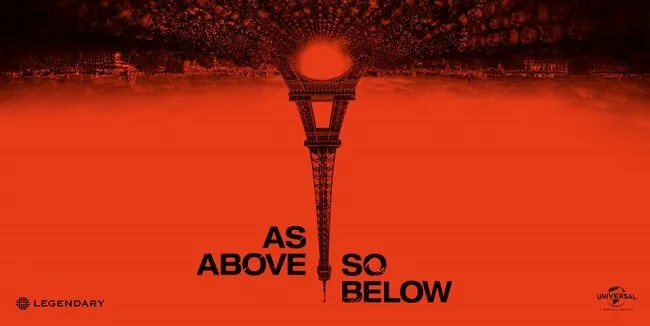A Cold, Calculated Classic of Crime Cinema
Released in 1956, The Killing marked a defining moment in the career of a young Stanley Kubrick, signaling his emergence as a bold new voice in American cinema. Co-written with renowned crime novelist Jim Thompson and based on the novel Clean Break by Lionel White, the film is a taut, tightly wound heist thriller that eschews glamour for gritty precision, showcasing Kubrick’s mastery of narrative structure and visual storytelling.
Set against the backdrop of a racetrack, The Killing follows Johnny Clay (played by Sterling Hayden), a recently released ex-convict who meticulously plans one final heist before leaving the criminal life behind. The target is a $2 million cash haul from the track’s counting room, and Johnny assembles a small team of desperate men, each with a specific role in the operation. Among them are a corrupt cop, a disgruntled racetrack cashier, and a sharpshooter tasked with creating a diversion. What sets the film apart is its nonlinear narrative—an audacious storytelling choice for the time—where Kubrick revisits the same events from multiple perspectives, gradually revealing how each piece of the plan unfolds.

The Killing is not just about the mechanics of a robbery. It’s about human frailty. Greed, paranoia, betrayal, and bad luck infect every character. The tension lies not in the robbery itself—which is executed with near-military precision—but in the unraveling aftermath. When one weak link is tempted to break confidence, the entire scheme begins to collapse. The result is a chilling commentary on the illusion of control, where even the most perfect plan is vulnerable to the flaws of those who execute it.
Sterling Hayden anchors the film with his gruff, world-weary performance as Johnny, but it’s the supporting cast—including Elisha Cook Jr. as the pitiful George Peatty and Marie Windsor as his scheming wife Sherry—that brings emotional complexity to the cold narrative. Windsor’s performance, in particular, adds a noirish layer of femme fatale danger that heightens the film’s moral ambiguity.
Visually, The Killing is stark and stylish. Kubrick’s use of deep shadows, tight compositions, and tracking shots convey a sense of claustrophobia and fate closing in. The racetrack itself becomes a character—an impersonal machine of noise, motion, and money—against which the characters’ personal dramas play out. Gerald Fried’s score underlines the suspense, though Kubrick’s careful editing and timing do much of the heavy lifting in maintaining the film’s relentless pace.
Though not a box office success upon its release, The Killing has since earned its place as a landmark in film noir and crime cinema. It influenced directors from Quentin Tarantino to Christopher Nolan and laid the groundwork for Kubrick’s uncompromising approach to storytelling. With its intelligent structure, hard-boiled dialogue, and fatalistic tone, The Killing remains a testament to how meticulous filmmaking can elevate genre material into cinematic art.
-1752635038-q80.webp)


